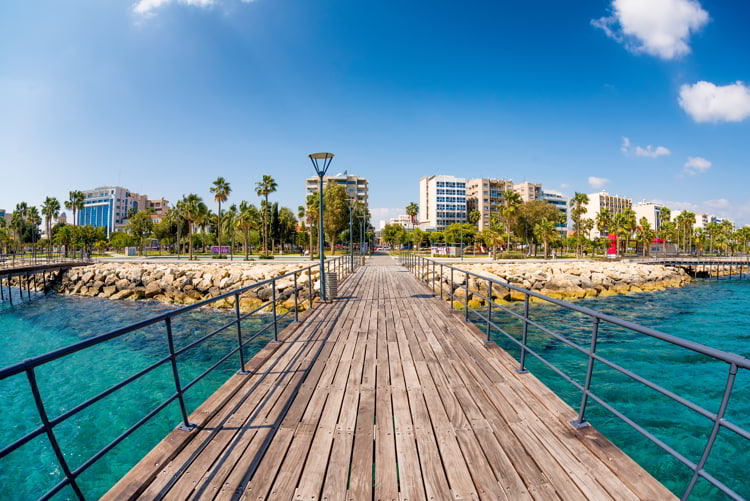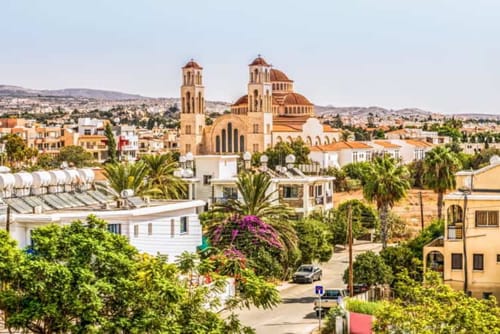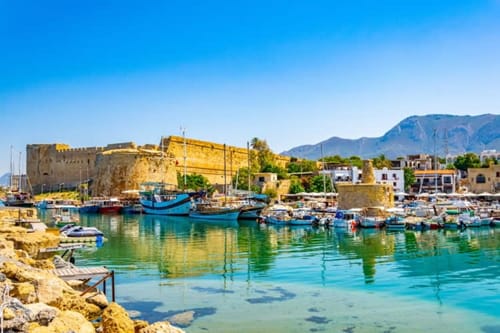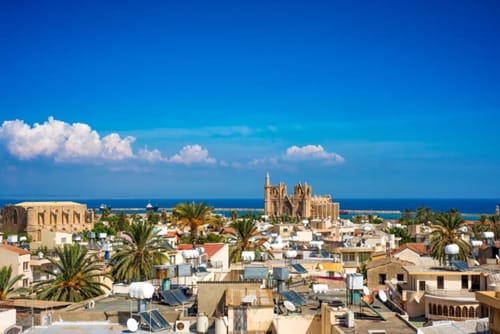Cyprus Cities: Where To Live And Where To Avoid
Nearly 10% of Cyprus’ population, more than 100,000 people, are foreign retirees or expats.
While Americans are just beginning to learn about Cyprus, the island has long lured the British, of which at least 60,000 are property owners.
This island boasts some of the best bargains not only in Europe but the entire world…
Where are the most coveted places to spend time, and which might make sense for you?
At our upcoming, first-ever Live And Invest In Cyprus Virtual Conference, we’ll take you on a virtual tour of all the best places to live across this delightful island.
For now, I’d like to give you a general lay of the land, followed by a few choice highlights…
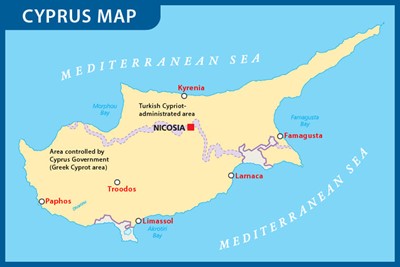
In the south, Larnaca and Limassol are the two port cities, both located on the southern coast, servicing cargo, passenger, and cruise ships. Limassol is the second-largest city on the island, Larnaca the third.
In the north, the cities of importance are Kyrenia and Famagusta (fifth- and seventh-largest cities on the island), also port cities, but whose ports go underused these days. Both of these cities were the go-to beach destinations on the island until the separation in 1974.
Once the border closed, it forced towns in the south to fill the void. Generally speaking, the southern coast is flat and the northern coast is backed by mountains, making it more visually (and practically) interesting.
Inland, the west is dominated by the Troodos Mountains, but the western coast, around Paphos, is as flat as the south. These flat coasts make for good beaches, and therefore prime locations for resorts, which is why they’ve already been largely developed. To the north, there’s a lot more virgin coastline, leading to the most exciting investment opportunities.
Larnaca
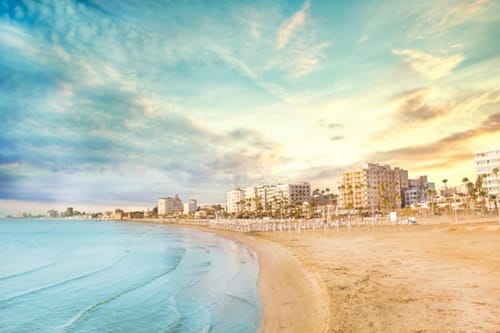
Larnaca is known for its seafront. It’s got the requisite sand, sea, and palm trees… but when Cyprus was divided, the city lobbied to become the island’s oil and gas supply base—and therefore never became a tourist hub.
The industrialized harbor that resulted is today a rusting eyesore. The enormous makeover now underway along Larnaca’s coast will transform it within the decade, though, and the city is primed to become the island’s next tourist hub.
Limassol
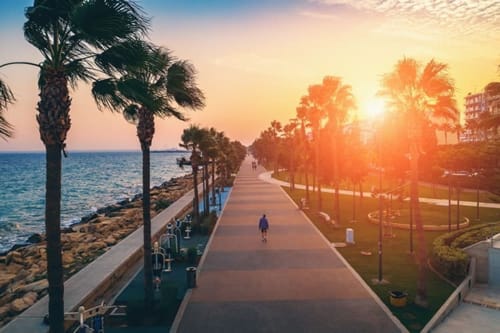
The city is the base for much of the island’s wine companies, but its main industry comes from its port, the busiest in the country.
Paphos
Paphos, legendary birthplace of Aphrodite, is one of the big tourist draws in the Republic, with endless historical sites, beach resorts, and tourists to occupy them.
This is where the Republic’s second airport is, but the city has only recently come back to prominence. Once an important city due to the pilgrims who came to worship Aphrodite at her temple here, when Nicosia was founded in the 10th century, traffic dried up.
During the British Colonial period, the region became even less of value, and many residents moved elsewhere. It was the most underdeveloped part of the island until 1974. In 1980, Paphos was granted UNESCO World Heritage Status for its ancient architecture, mosaics, and ancient religious importance.
It was a European Capital of Culture in 2017. Since the 80s, the city has garnered much attention from developers, and the coast here is now highly developed, home to a string of large-scale resorts.
Troodos
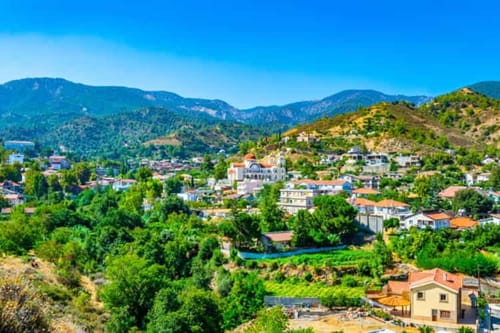
The mountains offer hiking in the foothills, skiing from the peaks, Byzantine churches, and old wine villages… and lots of country house hideaways.
Kyrenia
It’s said that you can never get lost in Kyrenia…
The mountains are always to the south, and the sea always to the north… you always spot one or the other before too long.
Said to have been founded by two veterans of the Trojan War, Kyrenia is the tourism capital of North Cyprus, offering spas, casinos, and beach resorts for all demographics. With its old harbor and seafront castle, the old town is one of the most charming destinations in the region.
Famagusta
Famagusta is spectacular. This walled city is as much a sightseeing haven as a residential district (rentals are easier to find than purchases), with a lively nightlife as well as lots to keep you busy with during the day. A personal favorite, Famagusta is a walled city that is as contemporary as it is ancient.
Famagusta owes its historic wealth to having the deepest harbor in the region, one of the reasons the British singled the city out during their reign, as well.
This is now the most important port in Northern Cyprus, accounting for much of its shipping and travel, as well as a significant amount of tourism.
Kat Kalashian
Editor, Live and Invest Overseas Confidential

